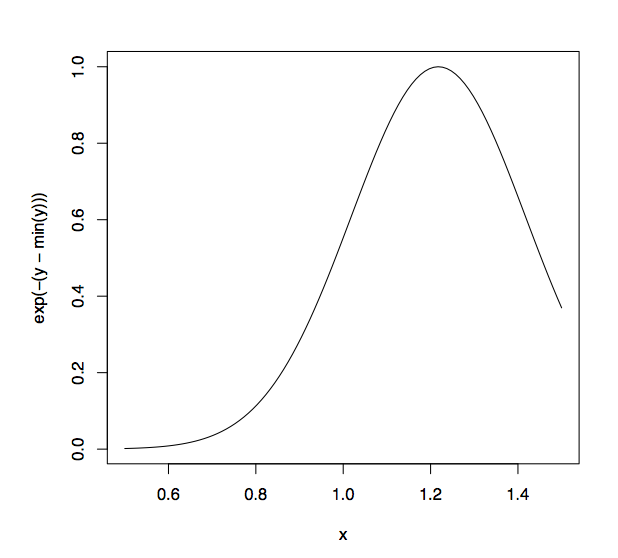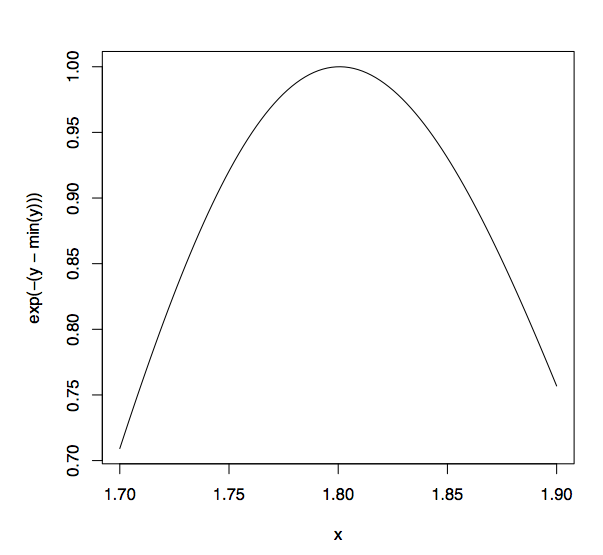How does R know which value to assign to which symbol? When I type
> lm <- function(x) { x * x }
> lm
function(x) { x * x }
how does R know what value to assign to the symbol lm? Why doesn’t it give it the value of lm that is in the stats package?

